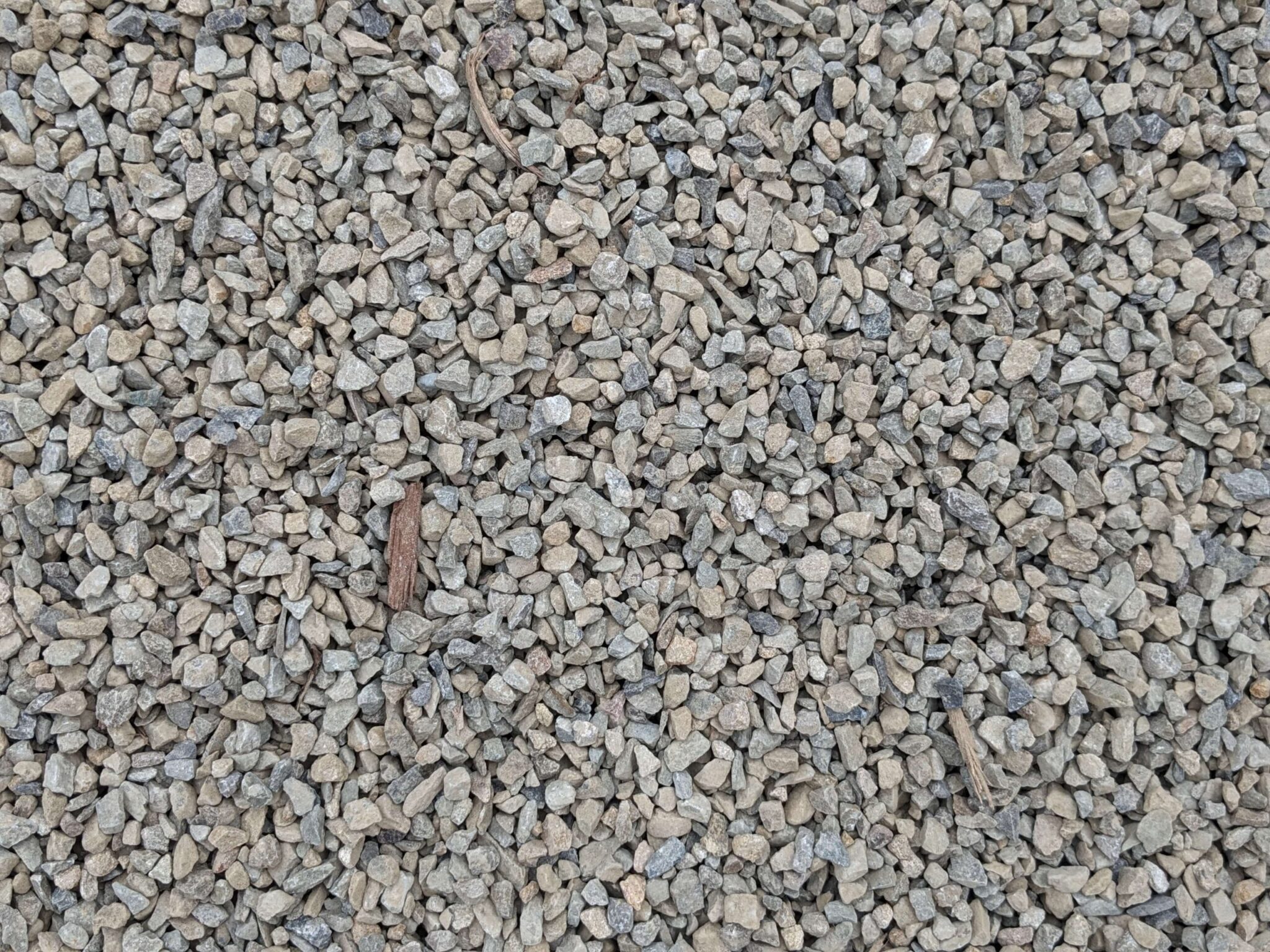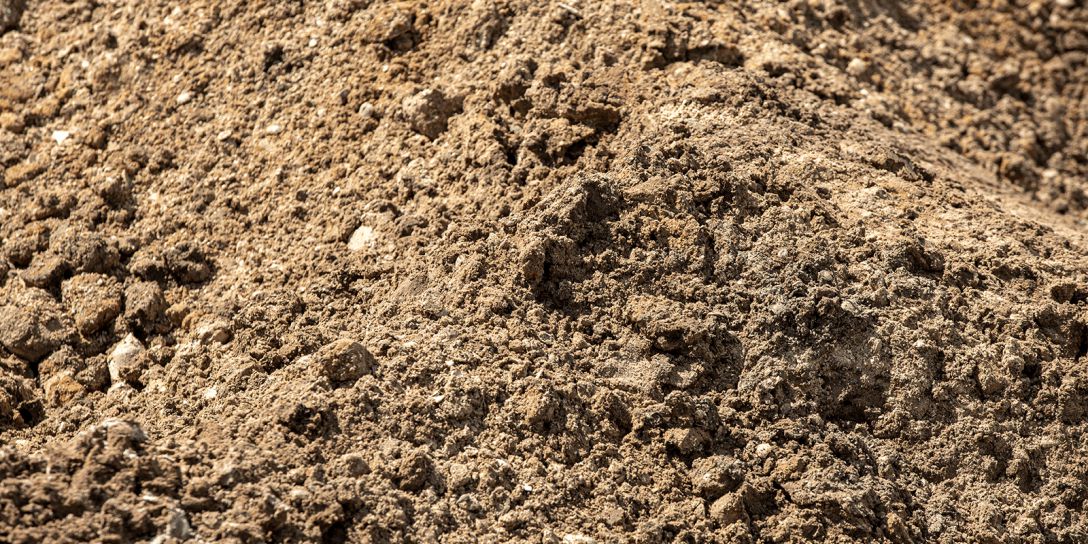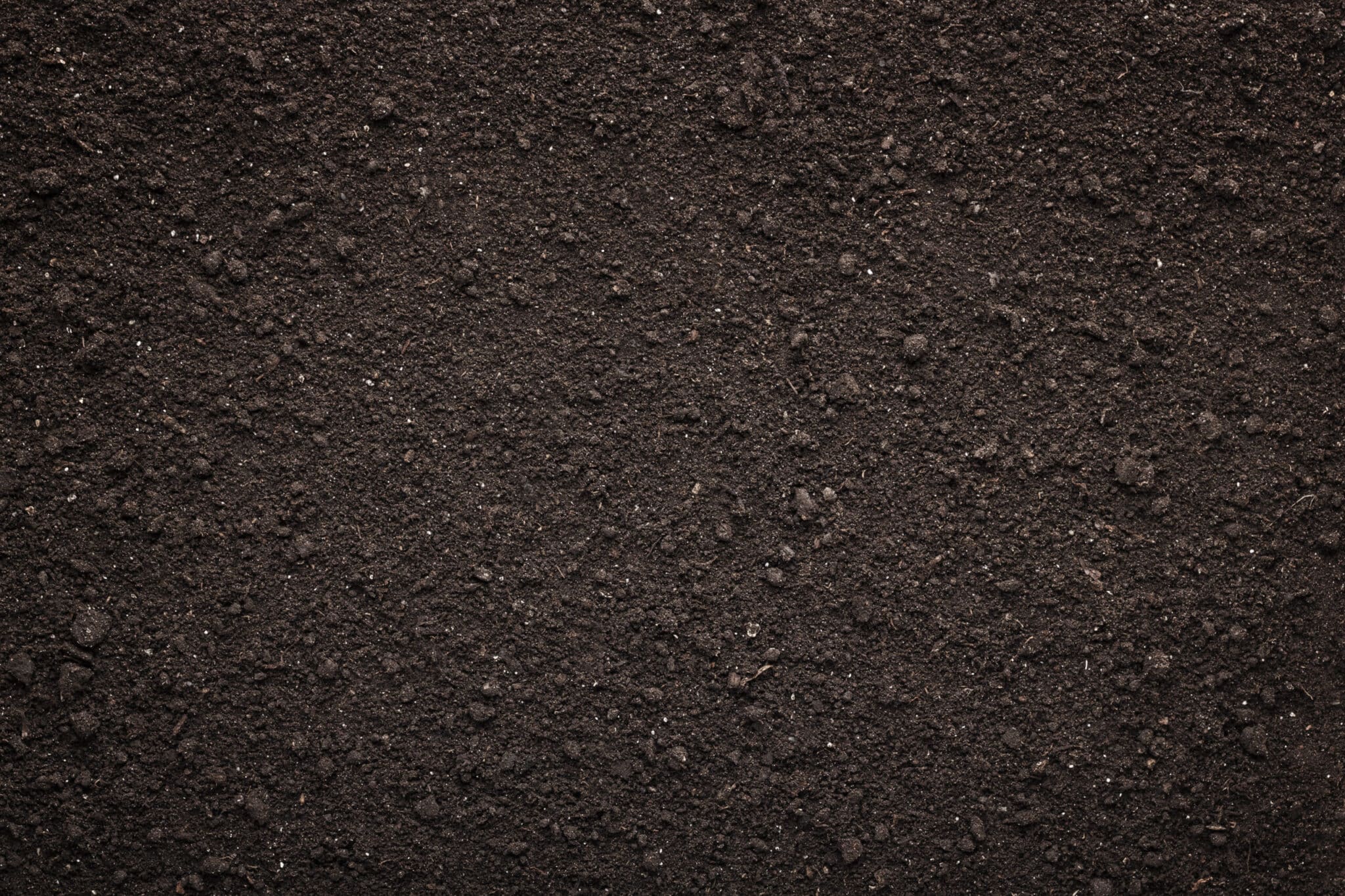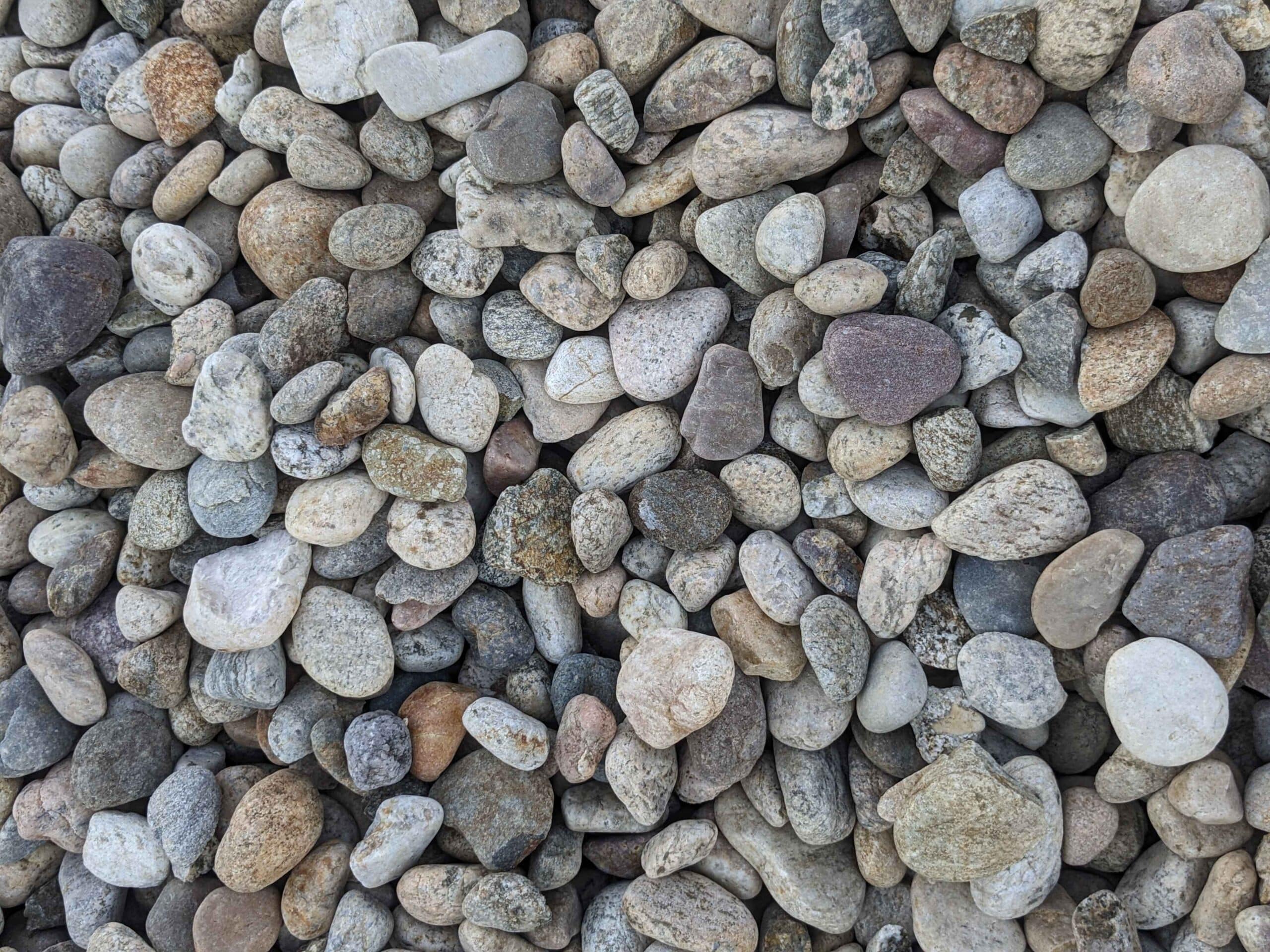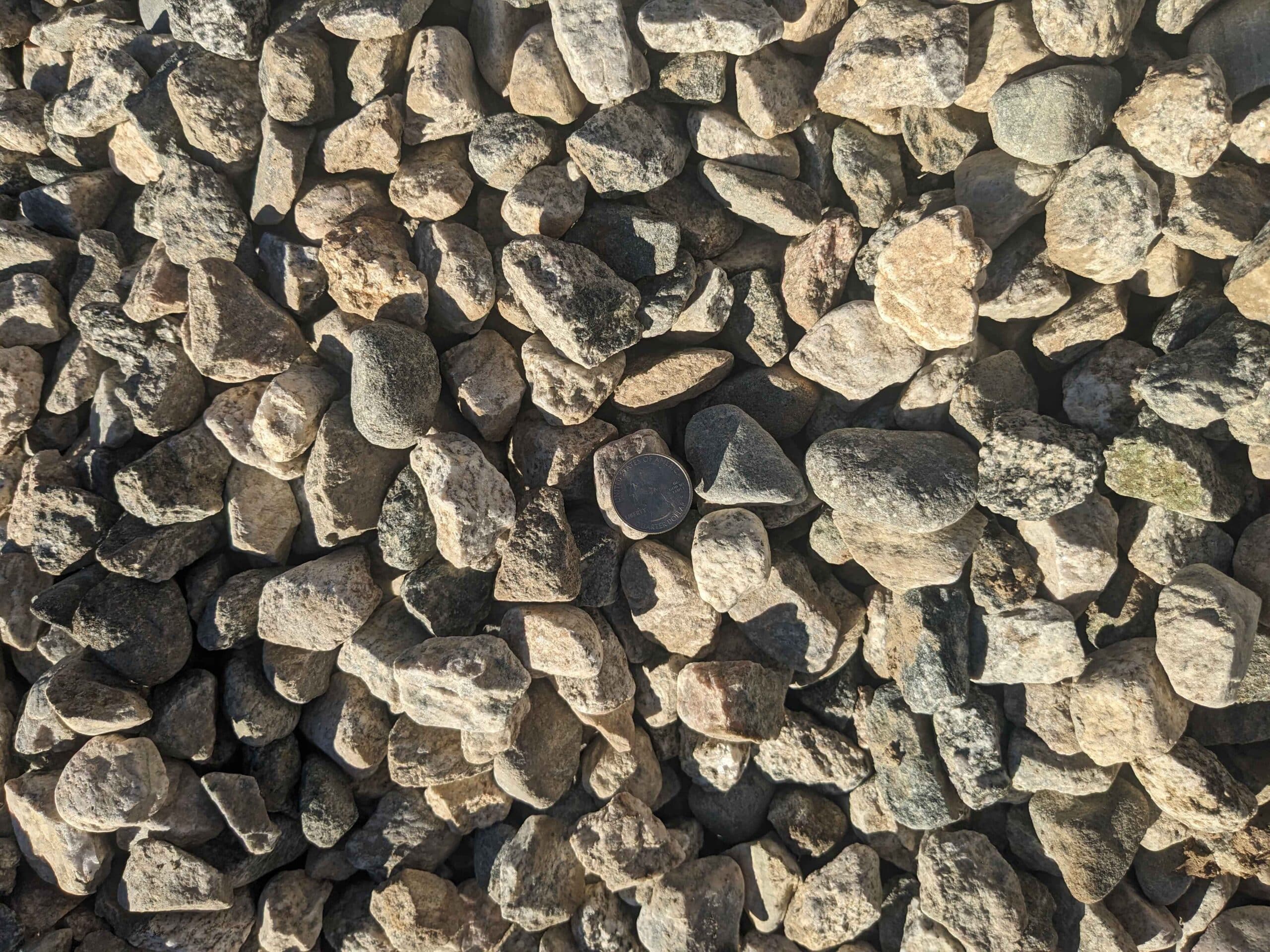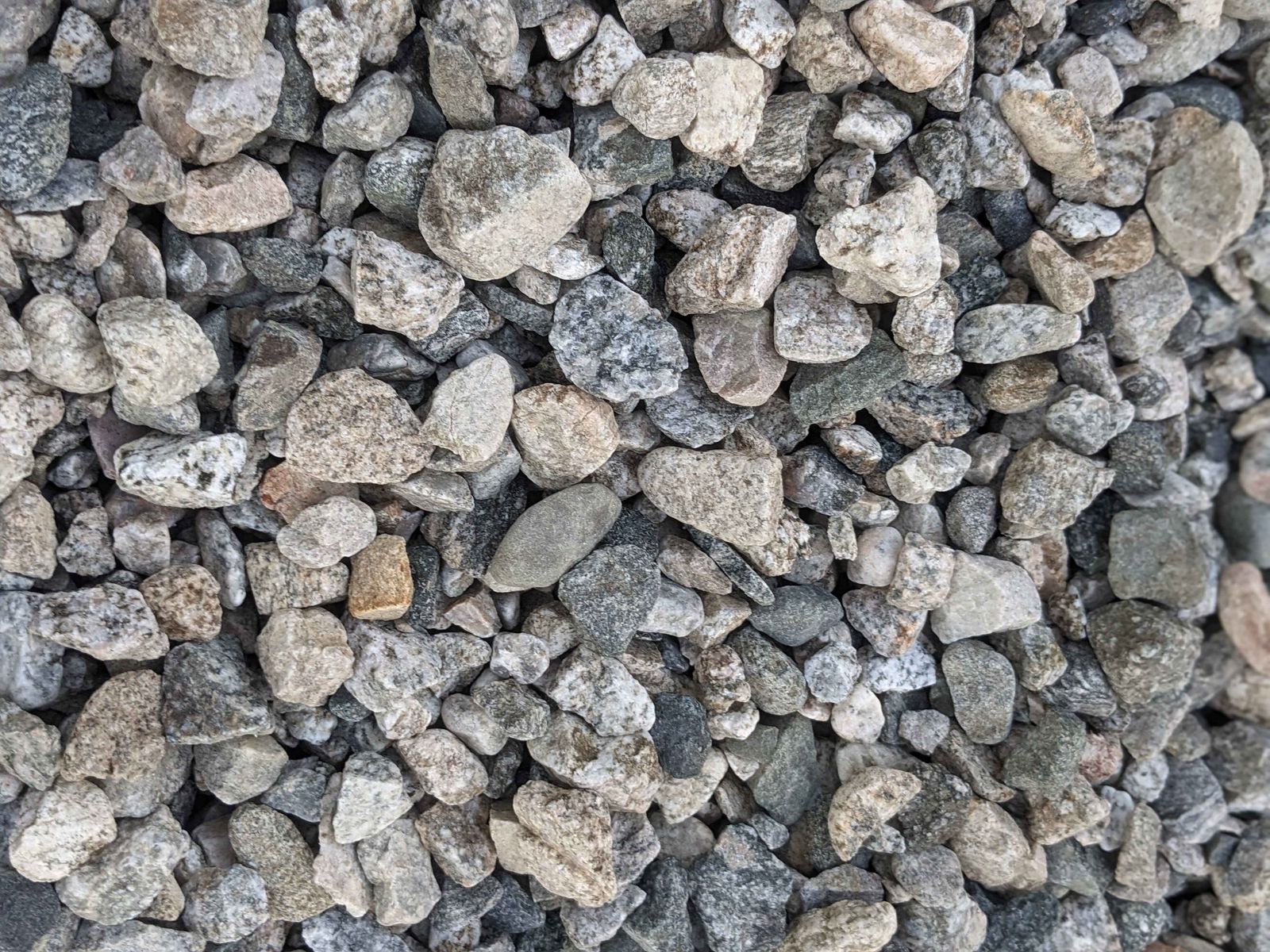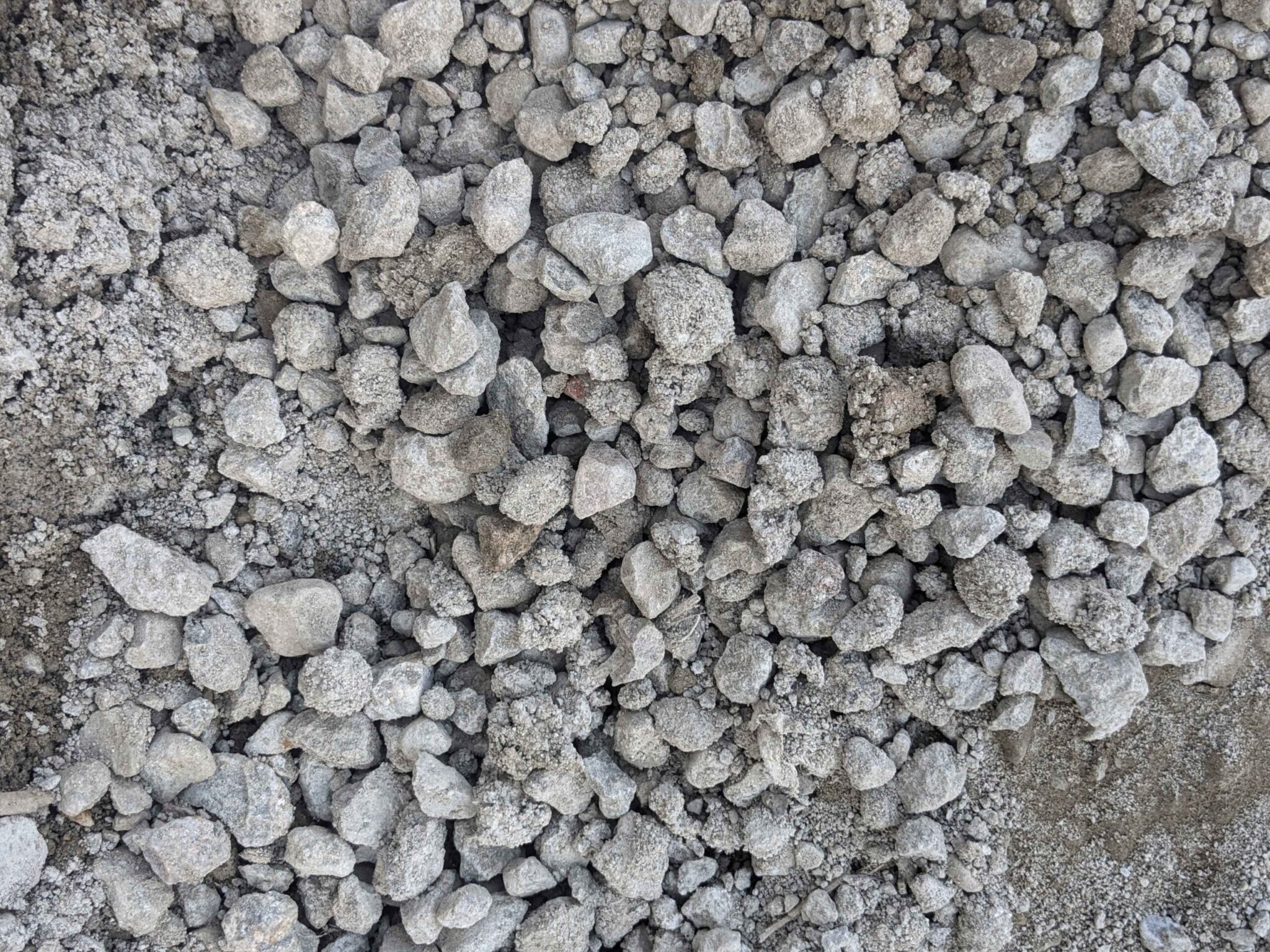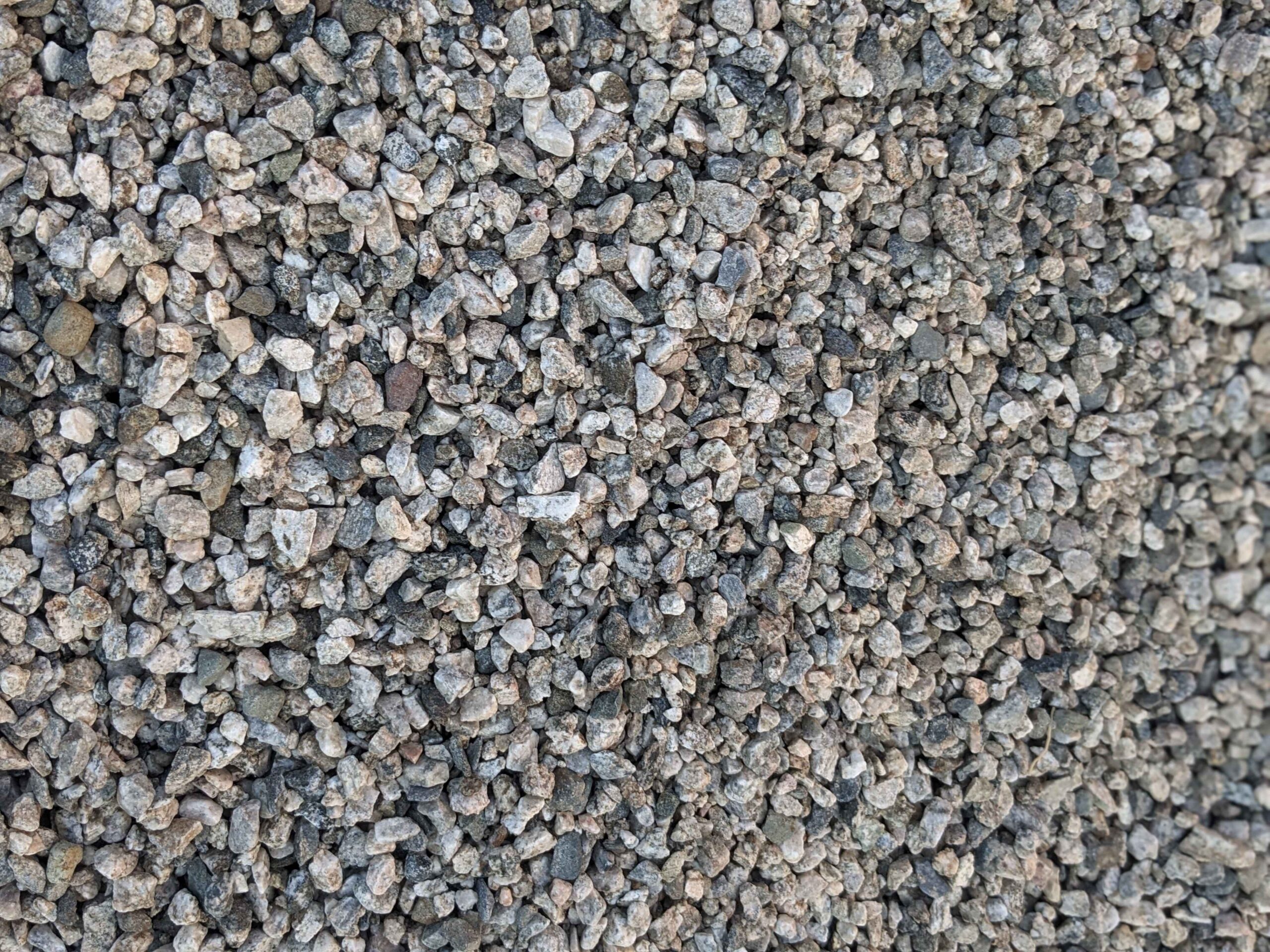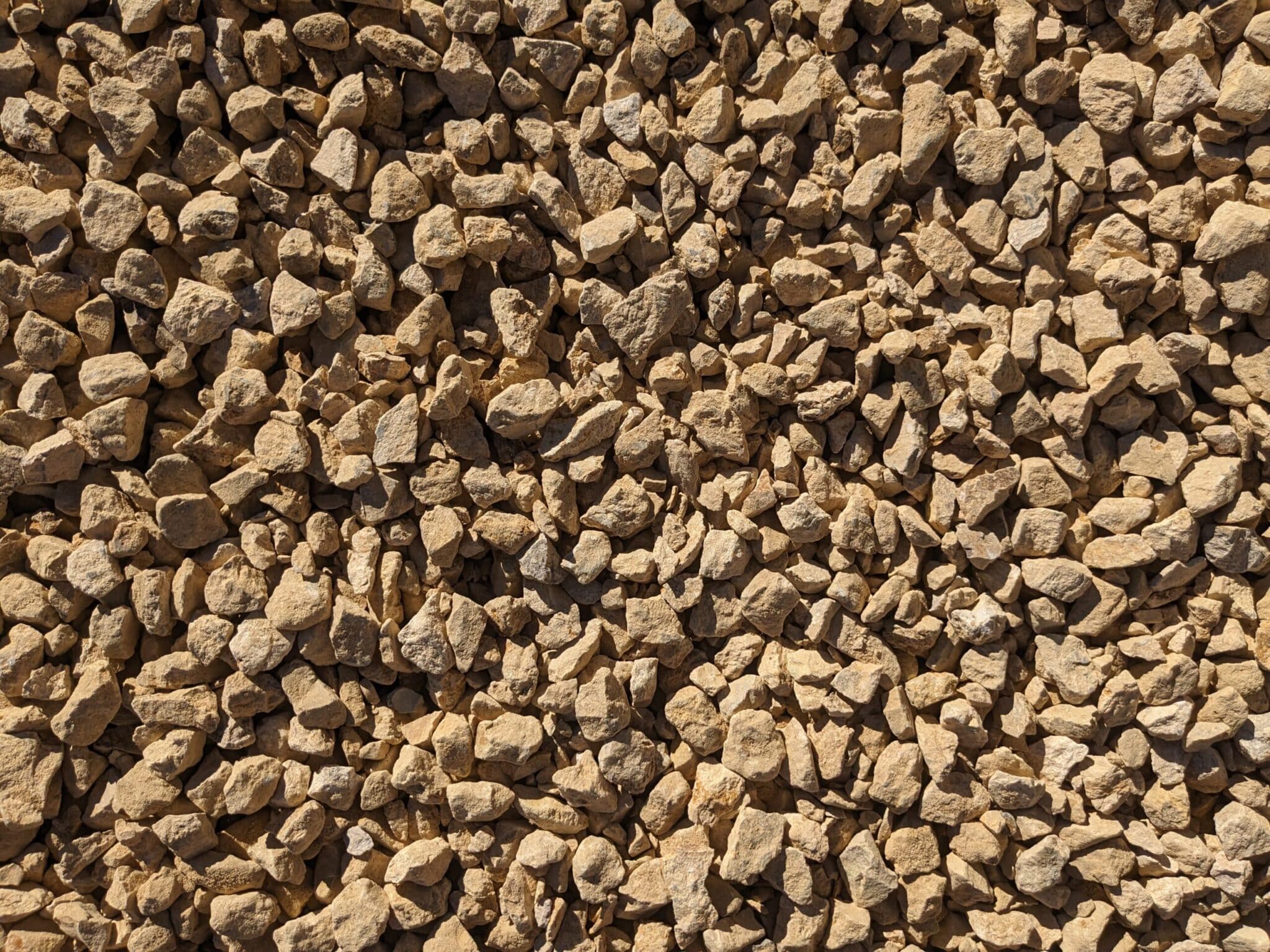Understanding the Basics: What is 3/4″ Gravel?
Gravel is a versatile material commonly used in construction, landscaping, and drainage projects. It is made up of small rock fragments that range in size from 0.075 to 2 inches in diameter. When it comes to gravel, the size classification refers to the maximum diameter of the rocks in the mixture.
The term “3/4″ gravel” specifically refers to gravel that has a maximum diameter of 3/4 of an inch. This size is commonly used for a variety of applications due to its versatility and availability. Understanding the composition and common uses of 3/4″ gravel can help you determine whether it is the right material for your project.
Composition of 3/4″ Gravel
3/4″ gravel typically consists of a blend of crushed rock, stone dust, and gravel fines. The specific composition may vary depending on the source and intended use. However, it generally contains a mix of angular and rounded rocks that provide stability and drainage.
The size and texture of the rocks in 3/4″ gravel make it well-suited for compacting and creating a solid base for various applications. Whether you need a stable foundation for a driveway, a decorative element for your garden, or a drainage solution for your property, 3/4″ gravel can meet your needs.
Common Uses of 3/4″ Gravel
Due to its versatility, 3/4″ gravel has a wide range of applications. Here are some common uses:
- Driveways and Pathways: The angular nature of the rocks in 3/4″ gravel provides excellent stability for driveways and pathways. It compacts well and creates a durable surface that can withstand heavy traffic.
- Landscaping: 3/4″ gravel can serve as a decorative element in garden beds, walkways, and flowerpots. Its varying colors and textures can add visual interest to any landscape design.
- Drainage Solutions: When used as a base material for drainage systems, 3/4″ gravel allows water to flow freely, preventing standing water and potential flooding.
- Construction Projects: 3/4″ gravel is often used as a base material for construction projects such as building foundations, sidewalks, and retaining walls. Its stability and compaction properties make it an ideal choice.
Delving into 3/4″ Minus
While 3/4″ gravel is commonly used, another option to consider is 3/4″ minus. Although similar in size, there are some notable differences between the two materials. Understanding the composition and common uses of 3/4″ minus can help you make an informed decision for your specific project.
Composition of 3/4″ Minus
3/4″ minus consists of a mix of crushed rock and fines, similar to 3/4″ gravel. However, the main difference lies in the grading of the material. “Minus” indicates that the rocks in the mixture are predominantly smaller than the specified size, with some variation in size distribution.
This grading gives 3/4″ minus a denser and more compact nature compared to 3/4″ gravel, making it suitable for applications that require a more solid base or increased stability.
Common Uses of 3/4″ Minus
3/4″ minus is often preferred over 3/4″ gravel in specific applications that demand a higher level of stability. Here are some common uses:
- Road Base: For road construction projects, the compact nature of 3/4″ minus provides a solid foundation that can withstand heavy traffic and minimize settling.
- Patio and Walkway Base: When constructing patios and walkways, 3/4″ minus creates a stable base that prevents shifting and settling over time.
- Retaining Walls: The compact nature of 3/4″ minus makes it an excellent choice for constructing retaining walls, ensuring a solid base that can withstand the weight and pressure exerted by the soil behind the wall.
Key Differences Between 3/4″ Gravel and 3/4″ Minus
Both 3/4″ gravel and 3/4″ minus have their unique advantages and considerations. Understanding the key differences between these materials can help you make an informed decision for your project.
Size and Texture
The primary difference between 3/4″ gravel and 3/4″ minus lies in their size and overall texture. 3/4″ gravel consists of rocks with a maximum diameter of 3/4″ and has a mix of angular and rounded shapes. On the other hand, 3/4″ minus consists of smaller rocks that are predominantly smaller than the specified size, resulting in a more uniformly compact texture.
If you require a more stable and compact base, such as for road construction or retaining walls, 3/4″ minus may be the better choice due to its denser composition.
Drainage Capabilities
Both 3/4″ gravel and 3/4″ minus offer adequate drainage capabilities. However, the angular nature of the rocks in 3/4″ gravel allows for better water flow and drainage compared to 3/4″ minus. If your project involves managing water runoff or requires enhanced drainage, 3/4″ gravel may be more suitable.
Stability and Compaction
When it comes to stability and compaction, 3/4″ minus has an edge over 3/4″ gravel. The smaller size and denser composition of 3/4″ minus provide increased stability and a more solid base for projects that require a high level of structural integrity.
On the other hand, 3/4″ gravel is still a reliable choice for many applications that do not require the same level of stability and compaction.
Choosing the Right Material for Your Project
When deciding between 3/4″ gravel and 3/4″ minus, consider the specific requirements and priorities of your project. Here are some factors to consider:
Considerations for Landscaping
If you’re using the material for landscaping purposes, such as creating garden beds or walkways, 3/4″ gravel can provide a visually appealing option. Its larger rocks and varying colors can enhance the overall aesthetics of your landscape design.
However, if you’re looking for a more solid base or increased stability for features like retaining walls or patio foundations, 3/4″ minus may be preferable.
Considerations for Construction
For construction projects that require a durable and stable base, both 3/4″ gravel and 3/4″ minus can be suitable options. However, if your project involves heavy traffic areas like driveways or roadways, 3/4″ minus may offer better long-term stability and resistance to settling.
Considerations for Drainage Solutions
If managing water runoff and ensuring proper drainage is a priority, 3/4″ gravel is generally more effective due to its better water flow capabilities. However, 3/4″ minus can still provide adequate drainage for most applications.
Cost Comparison: 3/4″ Gravel vs 3/4″ Minus
When considering the cost of materials, several factors can influence the price of 3/4″ gravel and 3/4″ minus.
Factors Affecting Price
Availability, location, and the supplier you choose can all impact the cost of these materials. Factors such as transportation costs, extraction methods, and demand in your area can contribute to variations in prices.
Long-term Maintenance Costs
In addition to the initial cost, it’s essential to consider the long-term maintenance costs associated with your chosen material. While both 3/4″ gravel and 3/4″ minus are durable options, factors such as compaction and settling might require occasional maintenance, like filling in gaps or regrading the surface.
Consider the long-term maintenance requirements and costs associated with each material to determine which one offers the best value for your specific project.
In conclusion, when choosing between 3/4″ gravel and 3/4″ minus, it’s crucial to consider the specific requirements and priorities of your project. While both materials have their advantages, factors such as size, texture, drainage capabilities, stability, and cost can help guide your decision-making process. By understanding the composition and common uses of each material, you can select the right option that meets your project’s needs and provides optimal performance and longevity.


